In recent years, the concept of the Internet of Things has become more and more popular. In order to provide the Internet of Things industry with excellent network support, China Mobile has launched the NB-IOT (Narrow Band Internet of Things) network construction in 346 cities nationwide. As of the end of 2017, China Mobile has already commercialized the NB-IOT network in key cities. 2017 has become the first year of commercial use of the Internet of Things. It is expected that more and more rich Internet of Things terminals will be commercially available on the China Mobile NB-IOT network.
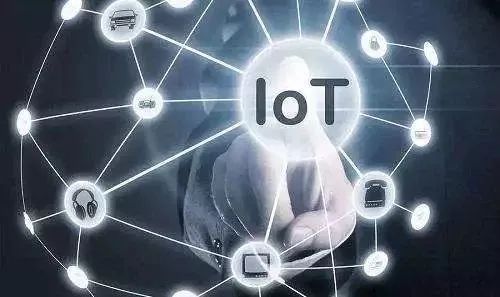
NB-IOT has the technical advantages of low power consumption, low cost, wide coverage, and large connectivity. Many terminal products that were difficult to connect to the network can now be connected to the network through the addition of NB-IOT modules. The numerous advantages of NB-IOT also attracted the gradual transition of IPTV terminals using GSM networks to NB-IOT networks.
Among the numerous advantages of NB-IOT, "low power consumption" is the most noticeable one. How does NB-IOT accomplish this in comparison with other network systems?
Now, let's take a closer look at the three power saving technologies used in the NB-IOT system: DRX, eDRX, and PSM.
One of the power saving technologies:
DRX
DRX (Discontinuous Reception, Discontinuous Reception) has been used in previous network systems and has been improved in NB-IOT network systems. DRX is divided into two kinds of application scenarios: "idle state" and "connected state". This article only introduces "idle state" DRX related to NB-IOT standby power saving.
DRX provides a way for the terminal to alternately sleep and work.
Sleep state: The terminal turns off the receiver and cannot receive any notification from the network.
Work status: The terminal wakes up from sleep to monitor paging messages.
The working time is generally much less than the sleep state, and more time allows the terminal to save the physical power during sleep, which also achieves the purpose of power saving. Although this will result in a certain delay in downlink data, the DRX cycle is relatively short and does not have a significant impact on the user experience.
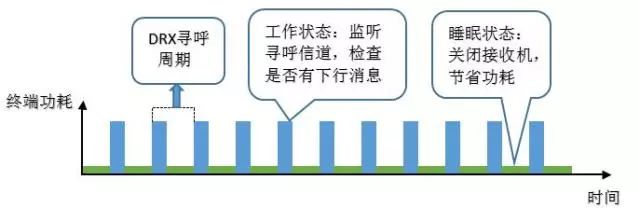
Two key parameters of DRX
Both parameters are brought to the terminal in Sib2 messages.
1. defaultPagingCycle, which indicates the default paging cycle, that is, the value of T. The value is {128, 256, 512, 1024}, and the unit is: radio frame. A DRX paging cycle parameter may also be carried in the terminal attachment or tracking area update message. The terminal DRX paging cycle used by the terminal is a comparatively small value.
2. nB, indicating the paging density. The value is {4T, 2T, T, T/2, T/4, T/8, T/16, T/32, T/64, T/128, T/256. T/512, T/1024}, where T denotes one subframe per paging for radio frames, T/32 denotes one subframe per 32 radio frames for paging, and 2T denotes each radio frame There are two subframes for paging.
The value of nB can also represent the number of paging groups. If the value of T is taken as 128 and the value of nB is taken as T, it is equivalent to dividing all users into 128 paging groups. If the T value is taken as 64 and the nB value is taken as T/4, it is divided into 16 paging groups. The more paging groups there are, the less the number of users in each group.
How does DRX work?
Let us first recognize these words:
A PO (Paging Occasion) may contain a sub-frame (1ms) of a paging message.
PF (Paging Frame) may contain radio frame at paging time (10ms)
Paging cycle: There is a paging moment in a period that requires terminal monitoring.
The "idle state" discontinuous reception requires the terminal to listen to the paging channel (the P-RNTI scrambled NPDCCH subframe) when it needs to receive a paging message (the paging cycle reaches its own paging time). Call message. Correspondingly, the network side also does not need to send a paging message in each downlink subframe, but only needs to send for a certain terminal at a specific paging moment.
As shown in the figure below, the network may only send paging messages at times 1, 2, 3, and 4. Terminal A only listens to paging messages at its own paging times 1, 3, and terminal B only at its own paging times. That is, 2, 4 to listen for paging messages.
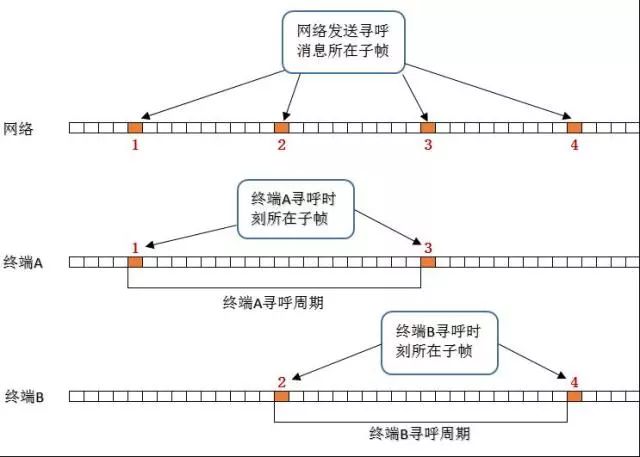
Calculate PF, PO
The NB-IOT terminal can calculate the paging time that needs to be monitored through the T, nB value obtained in the system message, combined with the terminal's own IMSI.
Two formulas

Related parameters used in the formula
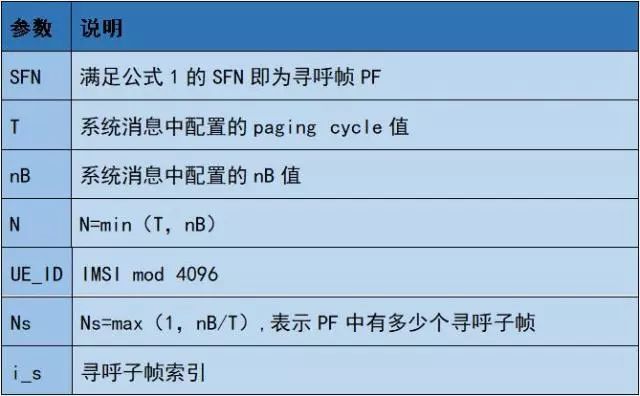
PF: SFN that satisfies formula 1 is paging frame PF
PO: The i_s calculated according to formula 2 and the Ns value of the response. The PO position can be determined by looking up the table.
PO location lookup table
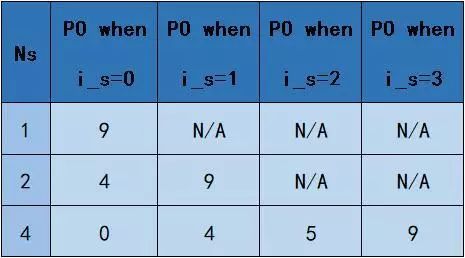
Power Saving Technology II:
eDRX
eDRX (extended DRX) is a newly added feature of 3gpp in R13. eDRX is based on the DRX mode. Based on the negotiation between the core network and the terminal, the eDRX allows the terminal to sleep for a longer period of time, skipping most of the paging and has achieved power saving. purpose.

Two key parameters of eDRX:
1. eDRX cycle, the value is {hf2, hf4, hf6, hf8, hf10, hf12, hf14, hf16, hf32, hf64, hf128, hf256, hf512, hf1024}, the unit hf is a superframe, 1 superframe = 1024 SFN (system frame) time, ie 10.24s. Therefore, the desirable time range of the eDRX cycle is {20.48s~2.92h}.
2. PTW (Paging Time Window) paging time window, the value is {s1,s2,s3,s4,s5,s6,s7,s8,s9,s10,s11,s12,s13,s14,s15,s16}, The unit s = 2.56s. Therefore, the range of PTW values ​​is {2.56s~40.96s}.
The length of the eDRX cycle and the length of the PTW window are negotiated between the terminal and the network. The terminal can send a group of eDRX parameters to the network through the Attach request/TAU request message to inform the network that the terminal can support the eDRX and the desired eDRX parameter configuration. The eDRX parameter is determined by the network configuration. The network can refer to the eDRX request parameters reported by the terminal, and the APN and the IMSI configure different values ​​for different terminals, which are carried in the Attach accept/TAU accept message to the terminal. This method is more convenient for different NB-IOT terminals in different application scenarios to use different eDRX parameters.
How does eDRX work?
Within each eDRX cycle, there is a Paging Time Window (PTW). The terminal can only listen to the paging channel by the DRX cycle in the PTW to receive downlink services. The time outside the PTW is in the sleep state and does not monitor. Paging channel, it can not receive downlink services. At this point, if there are downlink data packets that need to be sent to the terminal, the network will cache (only one buffer for each terminal). When entering the PTW time window again, the network will page the terminal and trigger the terminal to establish an air interface connection. Then forward the data packet to the terminal.
The NB-IOT power saving technology is introduced here for the time being. The actual power consumption of the PSM technology and the NB-IOT will be introduced in the “Next Partâ€.
The above content source: China Mobile Terminal Laboratory
At present, China Mobile has built an NB-IoT end-to-end industrial testing and evaluation system, starting with wireless/core network, terminal/user cards, SDK/open platform, typical services, and test instruments, to promote the health of M-IoT industry. development of.
In a public occasion in 2017, China Mobile has disclosed a set of case studies on power optimization: The NB-IoT service with a power consumption of 48 mAh a day was optimized with a focus on sleep current, connection release, and parameter configuration. The power consumption was reduced to 7.75 mAh a day, and the duration of terminal life increased from 0.6 to 3.5 years.
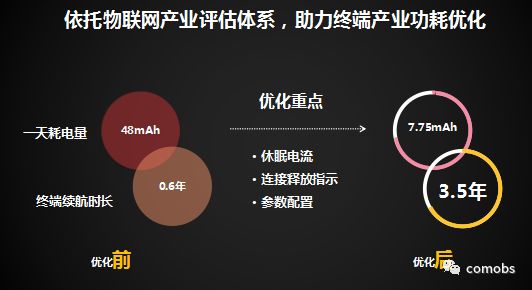
Comobs believes that NB-IoT's power optimization and large-scale commercialization is a long-term process, and the connection centered on things needs to focus on the configuration and optimization based on the differentiating needs of the scene. These aspects are related to the people-centered design concept (chip, Terminals, networks, and services are completely different.
Therefore, the industry often misunderstands, and most of the viewpoints believe that NB-IoT provides technologies that exist to meet pseudo-needs. At the same time, the business model is not related to the technology itself. At this stage, the commercial development and case of NB-IoT does not represent the ultimate and real value of NB-IoT.
electric motorcycle charger
Electric Motorcycle Charger,Li-Ion Battery Charger For Motor,Motorcycle Li-Ion Battery Charger,Motorcycle Fast Battery Charger
HuiZhou Superpower Technology Co.,Ltd. , https://www.spchargers.com